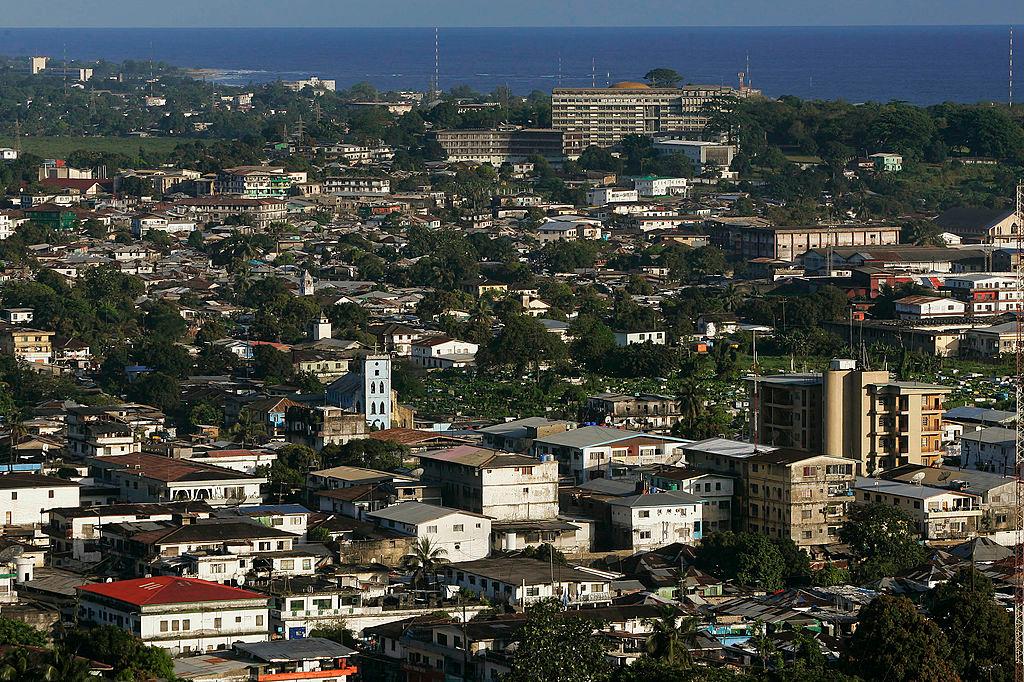The entire internet of a small country was nearly taken out on Nov. 2 by one of the largest cyberattacks ever documented. Cybersecurity researchers worry that the attack on Liberia was merely a group of unknown hackers doing a test-run of a new cyber-weapon, in preparation for a much larger target.
“I think right now they’re just testing and waiting,” said Thomas Pore, director of IT and services at cybersecurity company Plixer. “We don’t know who it is, and we don’t know what the end game is.”
It’s likely the cybercriminals chose Liberia as their target, Pore said, since it wouldn’t garner much international attention.
The tool used in the attack, Mirai, is the same tool that took major websites offline on Oct. 21, including Netflix, Amazon, and Twitter, and had been released online on Oct. 1.
Mirai pulls its strength from massive networks of infected internet-connected items—such as baby monitors, security cameras, and digital video recorders—and uses these for distributed denial of service (DDoS) attacks that overwhelm websites to take them offline.





